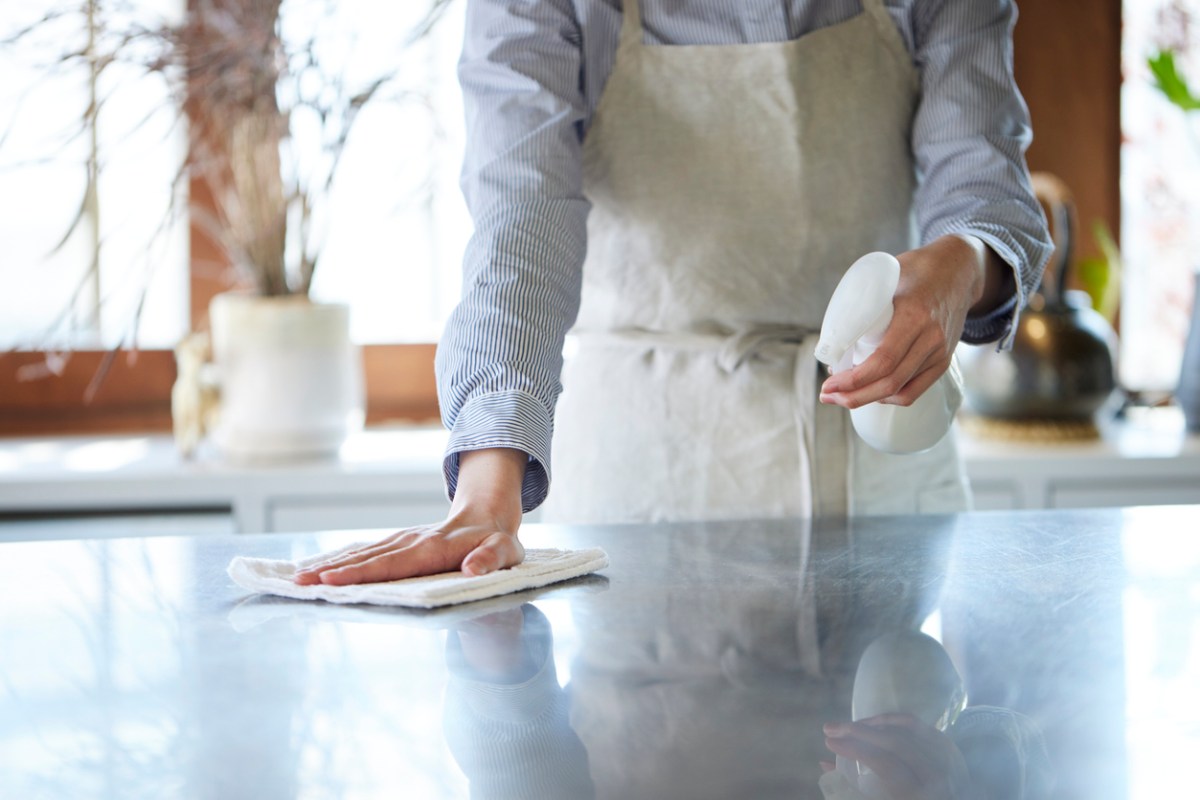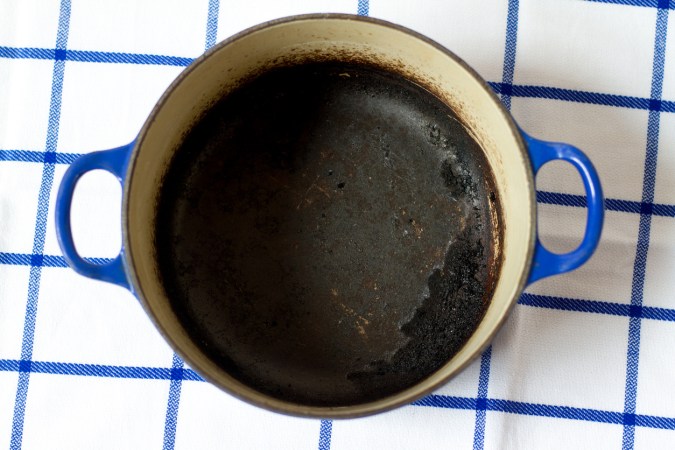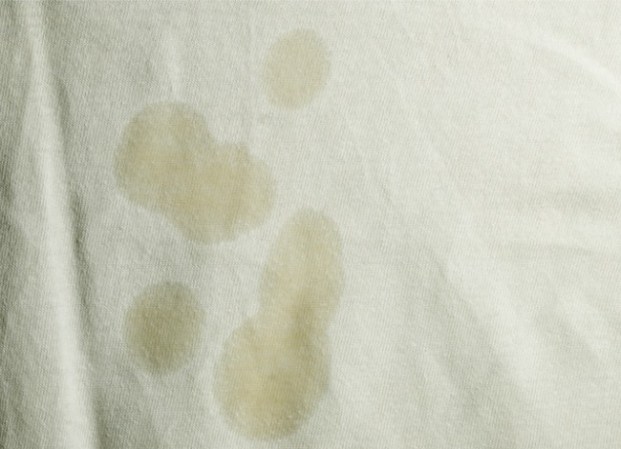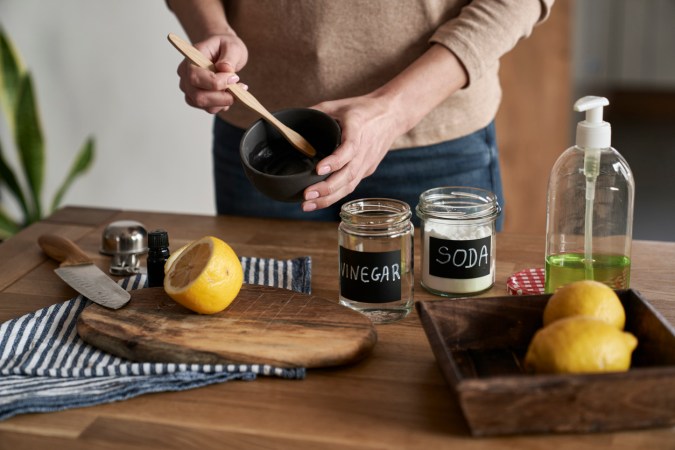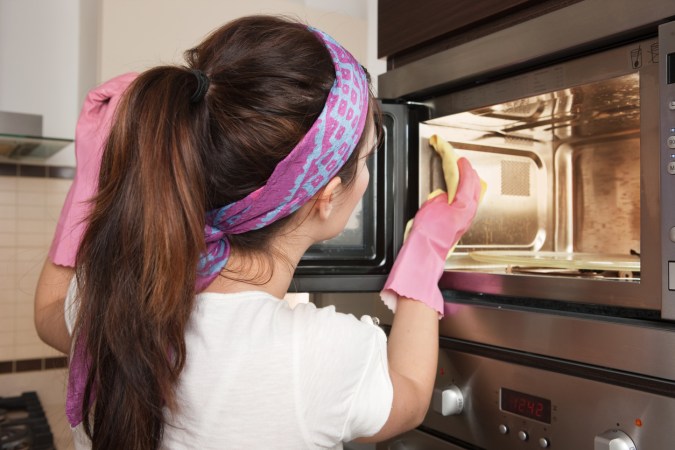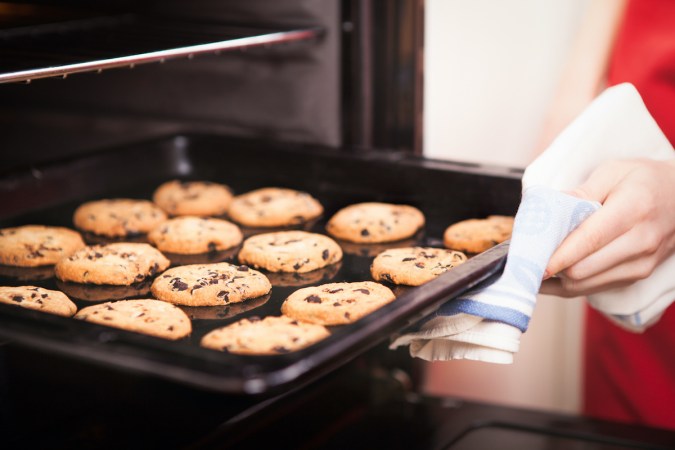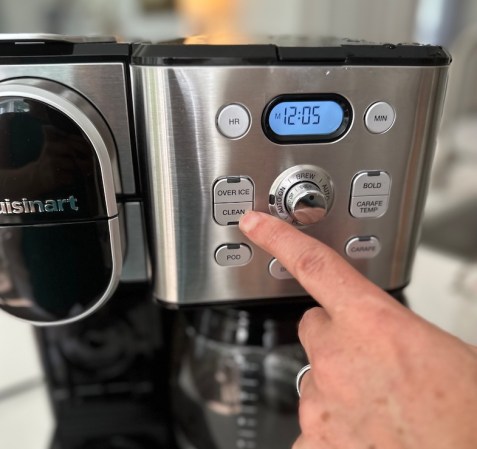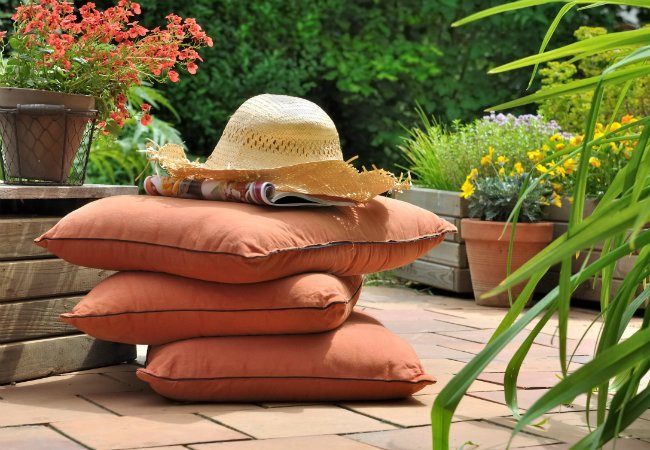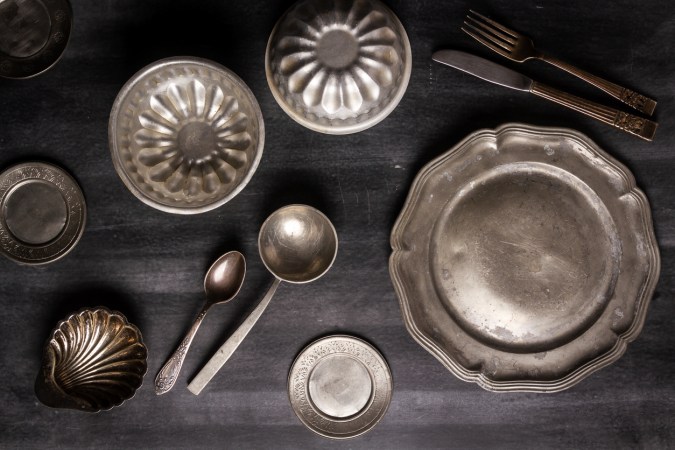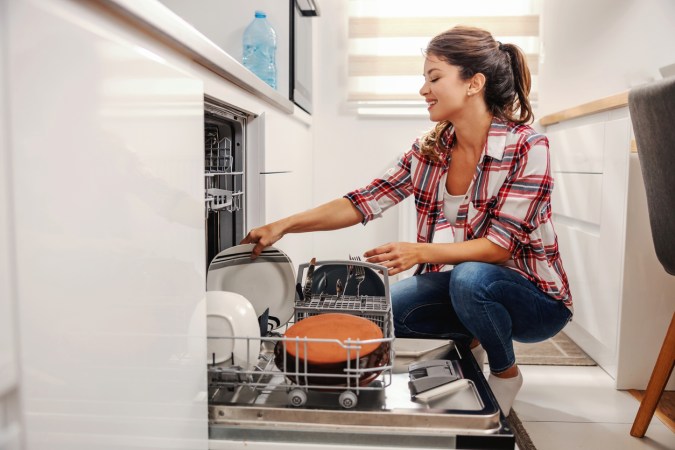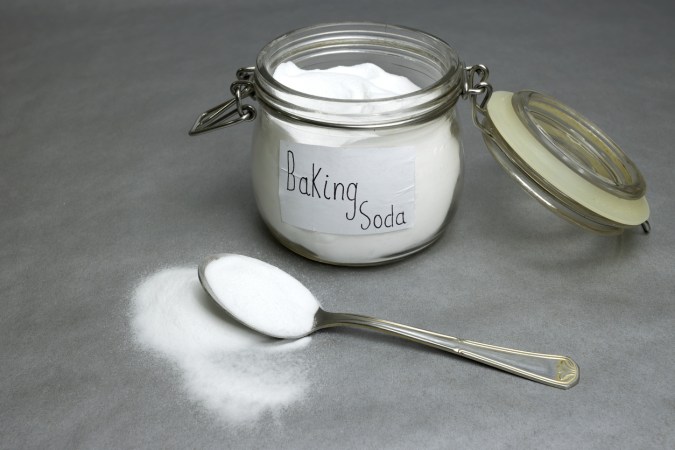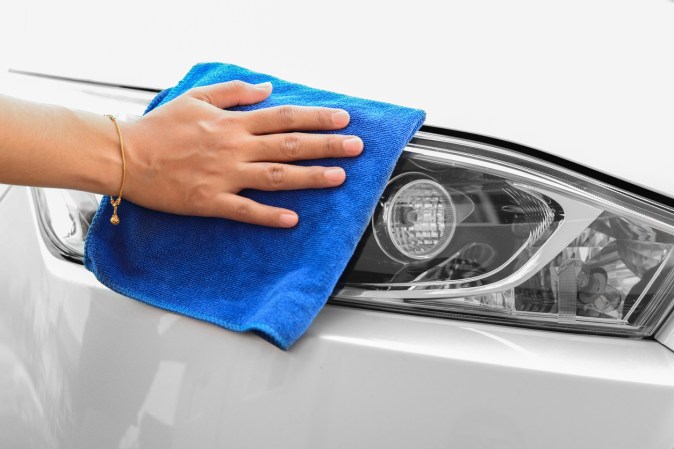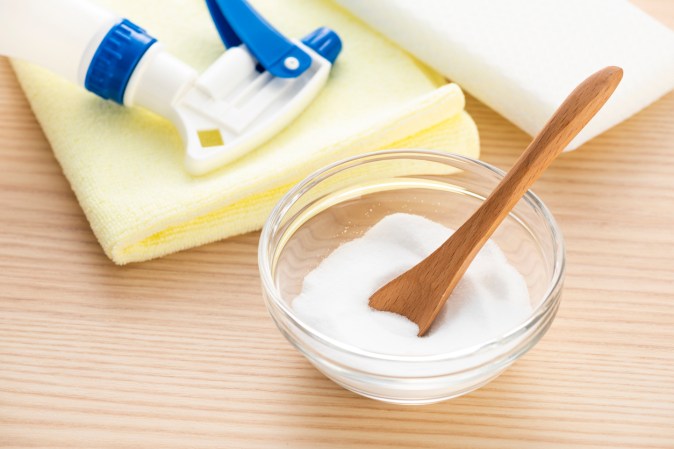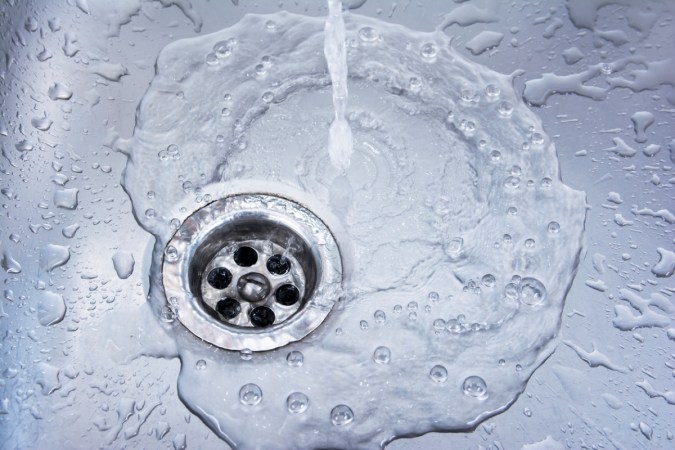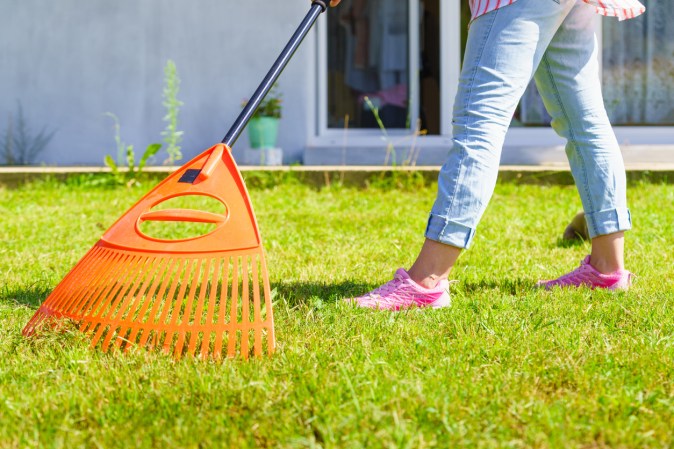We may earn revenue from the products available on this page and participate in affiliate programs. Learn More ›
Metal objects and fixtures are everywhere in our homes, but not all metals are cleaned the same way. It’s essential to know the right technique for each one to keep them in their best condition, so we spoke to cleaning experts to get their best advice on how to clean everything from stainless steel to gold.
Whether you’re dealing with everyday kitchen items or precious metal jewelry, here’s a straightforward guide on how to clean metal that will keep it all clean and shiny. Let’s unravel cast iron cleaning myths, check out simple metal cleaning solutions, and discover which unexpected household ingredient can restore brass’s sheen.
Before You Begin
Before diving into the metal cleaning process, always test any cleaner on a small, inconspicuous area of the metal first to ensure it doesn’t damage or discolor the surface. Here are some general tips when cleaning any type of metal:
- Avoid harsh chemicals that can tarnish or corrode certain metals.
- Scrub gently to avoid scratching some metal surfaces.
- Thoroughly rinse cleaning agent residue that can leave spots or marks.
1. Stainless Steel
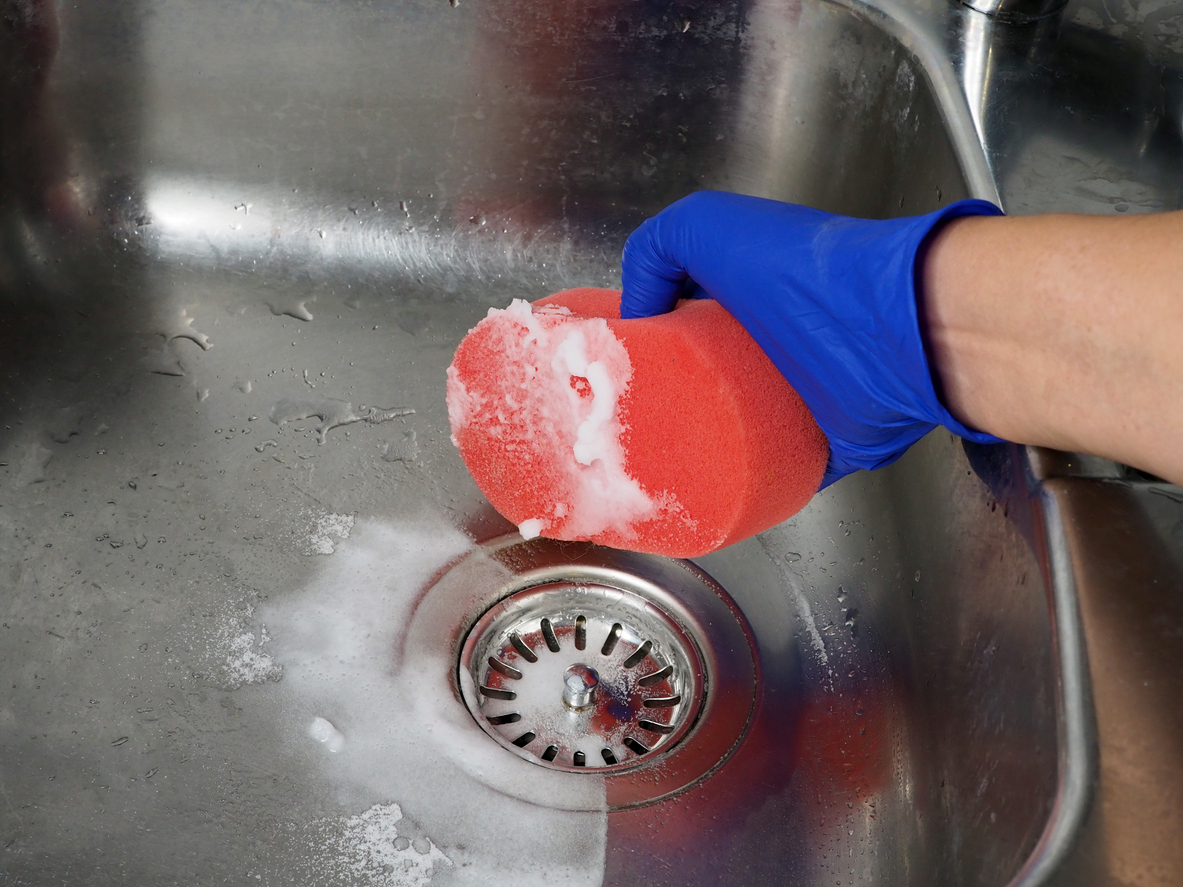
Stainless steel is likely the most common metal found in most homes, residing on appliances, cookware, and kitchen and bathroom fixtures. One reason for its popularity is that it’s easy to clean. Clean stainless steel with a mild cleaning solution or a mixture of water and vinegar. Kait Schulhof, founder and editor of A Clean Bee, a website about sustainability-focused cleaning, recommends homeowners use a simple household solution to clean stainless steel cookware clean on a daily basis, saying, “I like to keep a dredge can filled with baking soda next to my sink for cleaning stubborn burnt food off of stainless steel cookware.” She suggests sprinkling baking soda directly into pans and using a sponge or scrub brush with dish soap to scrub them clean.
Supplies: Vinegar, baking soda, dish soap
2. Cast Iron
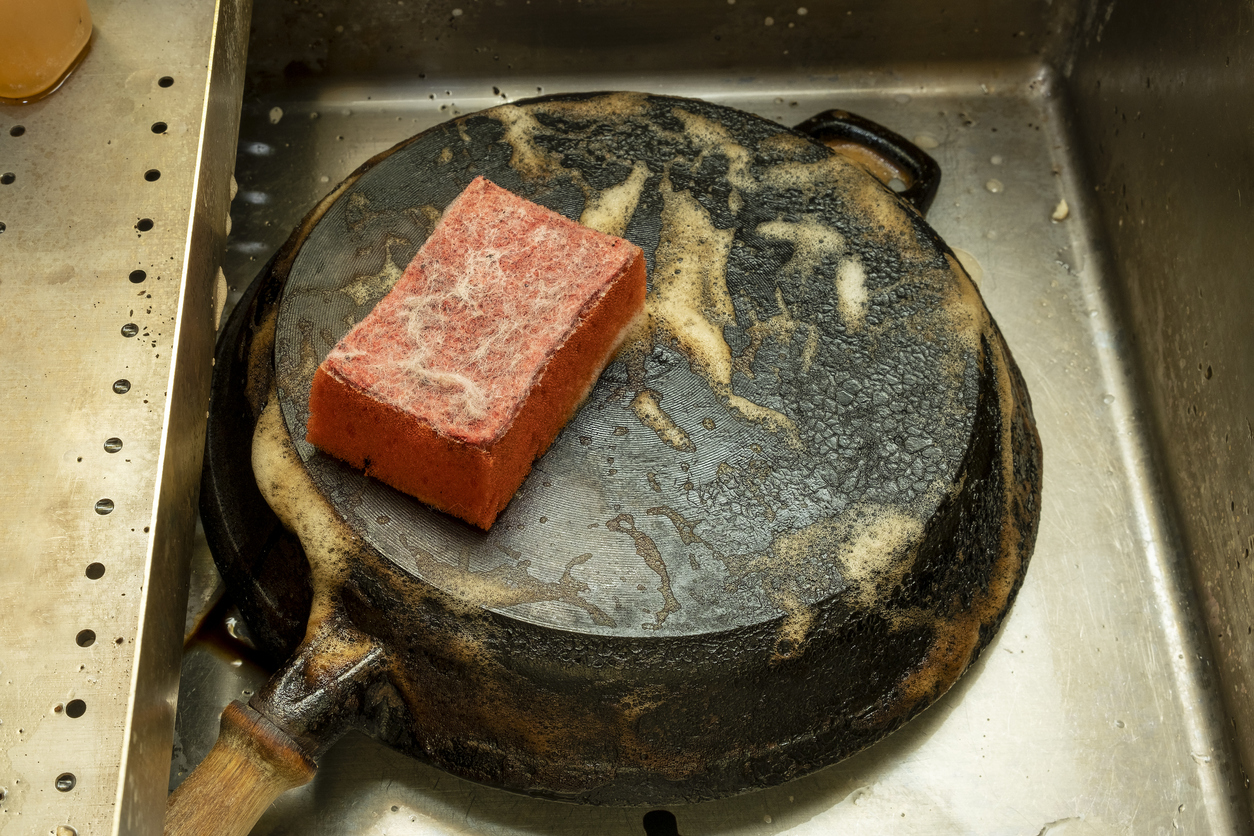
Cast iron has a reputation for being difficult to clean, but in reality, the process is quite simple. It’s a myth that dish soap should never touch your cast iron pans—in fact, Lodge, a highly trusted American cast iron cookware brand, recommends using a small amount of dish soap as needed. What’s essential, however, is quickly drying off the surface with a lint-free cloth after cleaning in order to prevent the cast iron from rusting.
Supplies: Dish soap, lint-free cloth
3. Silver
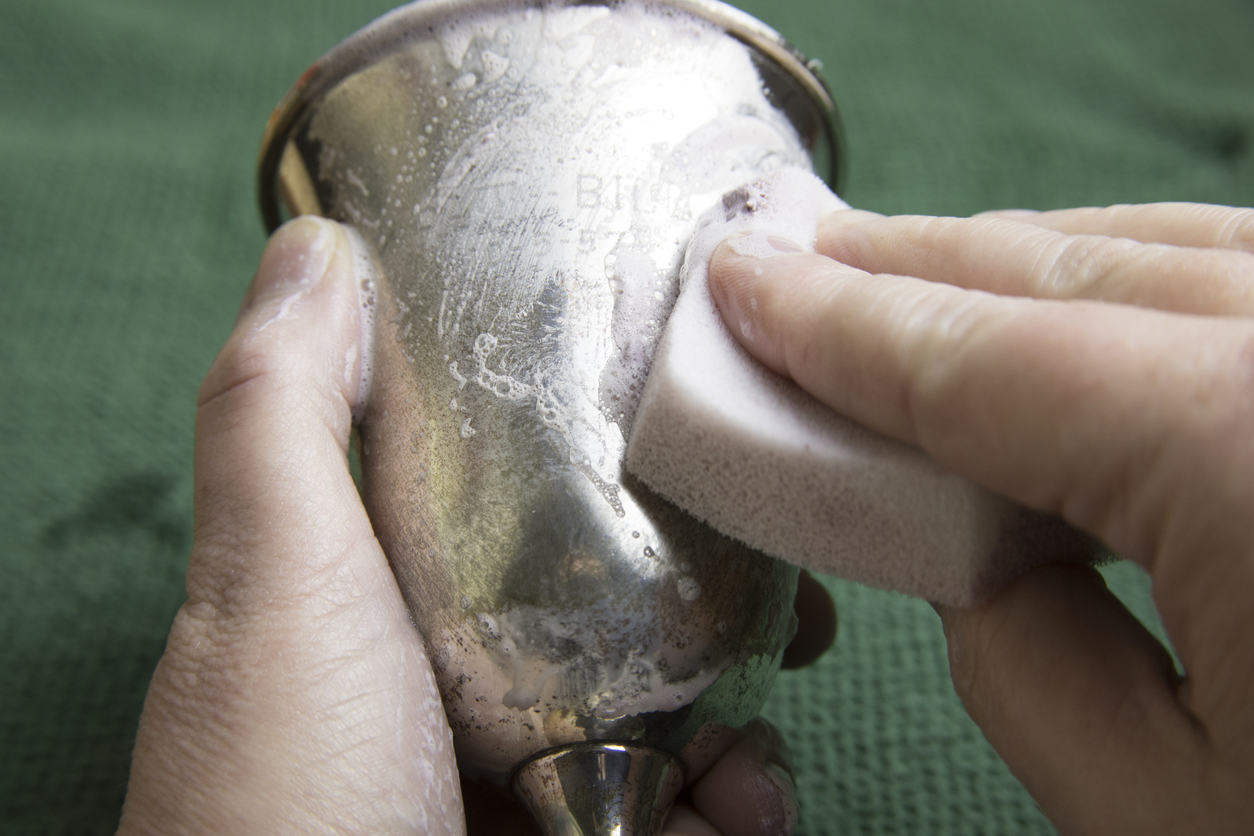
While true silverware may be less and less commonly used, some households still pull it out for special occasions. To keep it clean, Kevin Geick, manager at deep cleaning company Bio Recovery, recommends using “silver polish or a homemade solution of baking soda and water to create a paste.” He suggests applying the paste with a soft cloth or sponge and gently rubbing the silver. Then, rinse it with warm water and dry it with a clean, soft cloth.
Supplies: Silver cleaner, baking soda, soft cloth
4. Brass
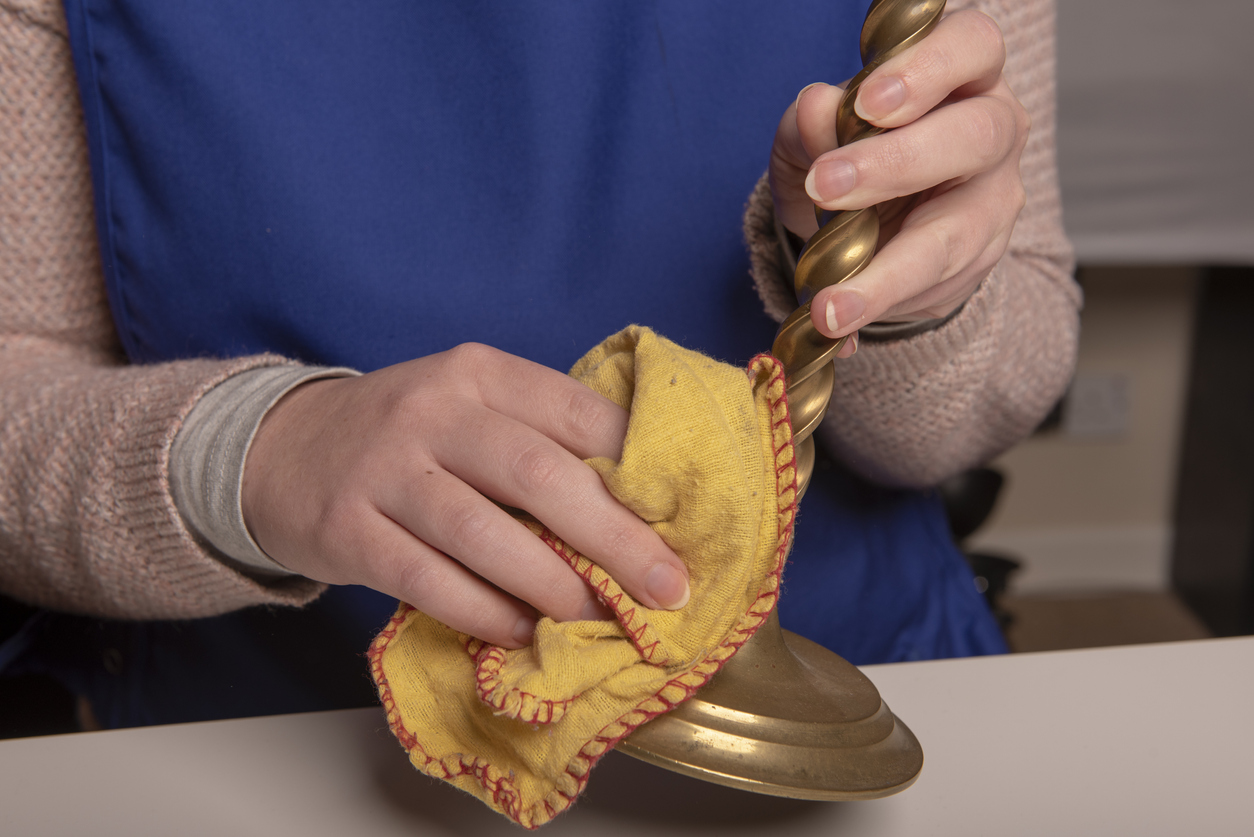
Keep your brass clean and shiny as new by mixing together a cup of baking soda and a quarter cup of distilled white vinegar to make a paste. Use this DIY brass cleaner to coat the entire surface and let it sit for 30 minutes before using a damp cloth to wipe it clean. As an alternative, Kait Schulhof uses a pantry staple to clean brass: ketchup! She says, “Ketchup is my preferred method for cleaning brass. Apply a thin layer over the surface and allow it to sit for 30 to 60 minutes.” Finish by rinsing away the ketchup and towel drying your polished brass.
Supplies: Baking soda, vinegar, ketchup
5. Copper
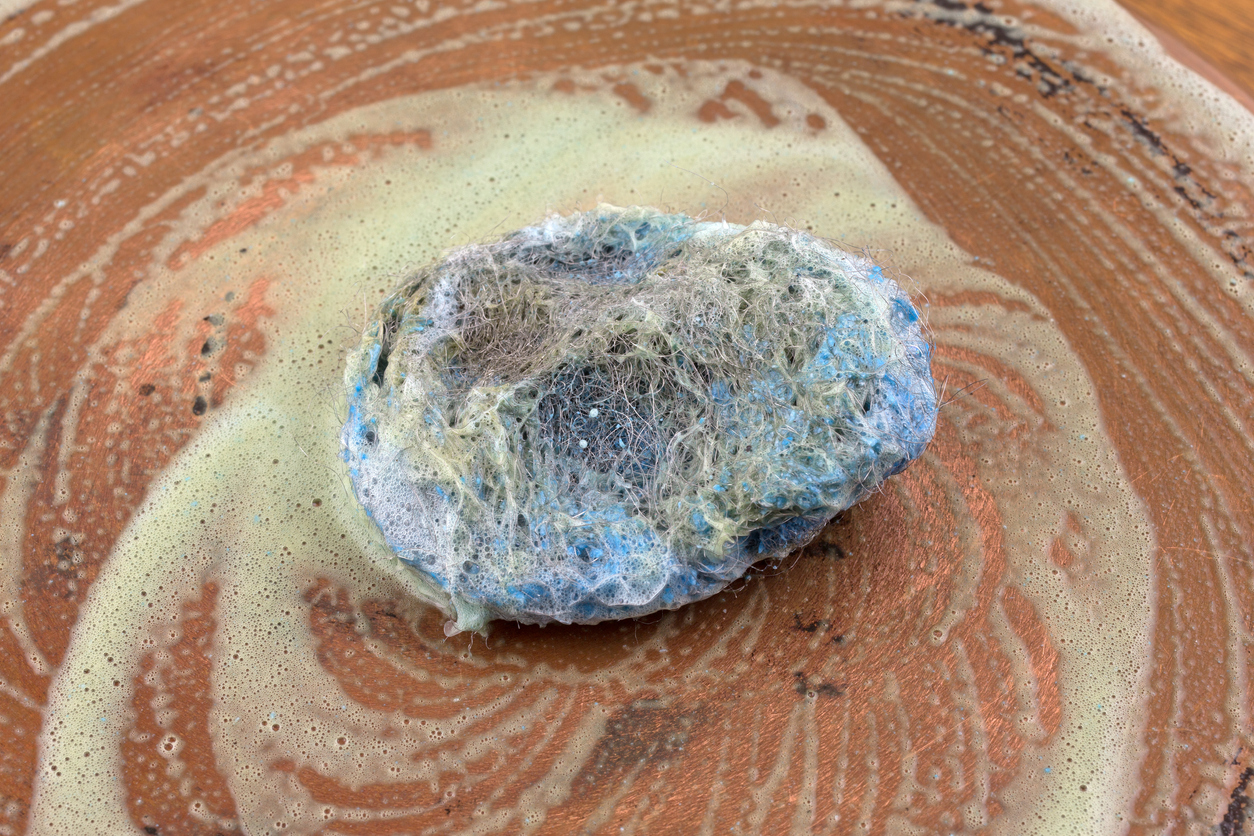
KarinaToner, operations manager at Arlington, Virginia-based Spekless Cleaning, suggests a simple solution for bringing tarnished copper back to its original glory. “Mix equal parts of vinegar, salt, and flour to form a paste,” she explains. “Apply this mixture to tarnished copper, let it sit for a few minutes, then rinse and buff for a gleaming finish.”
Supplies: Vinegar, salt, flour
6. Gold
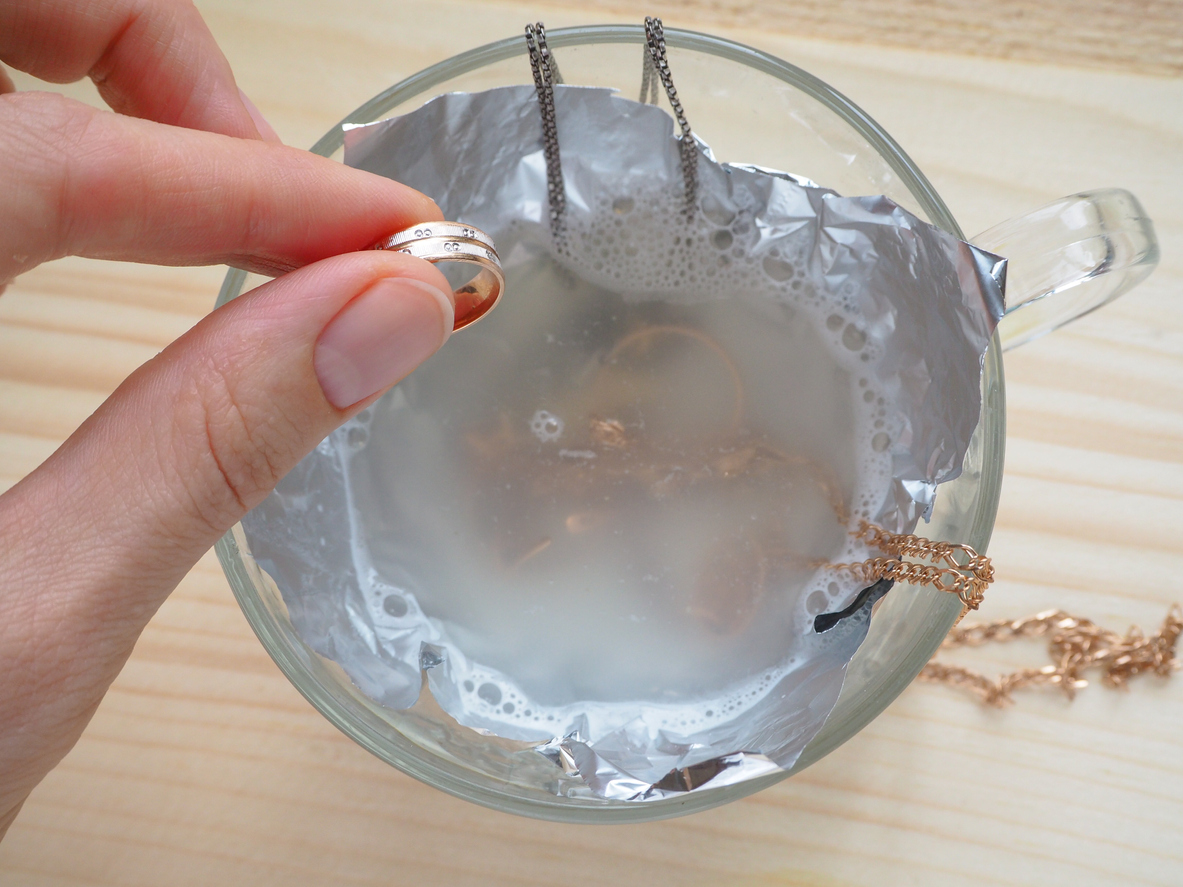
An important note on how to clean gold jewelry is that it’s important to exercise caution to avoid damaging this precious metal. Luckily, the gentle cleaning solution you need is likely already in your kitchen. Simply mix a couple of drops of concentrated dish soap into a bowl of warm water and let the jewelry soak for a few minutes before drying it off with a lint-free cloth. If any dirt remains, use a soft-bristled toothbrush to give the material a light scrubbing.
Supplies: Dish soap, lint-free cloth, soft toothbrush
7. Pewter
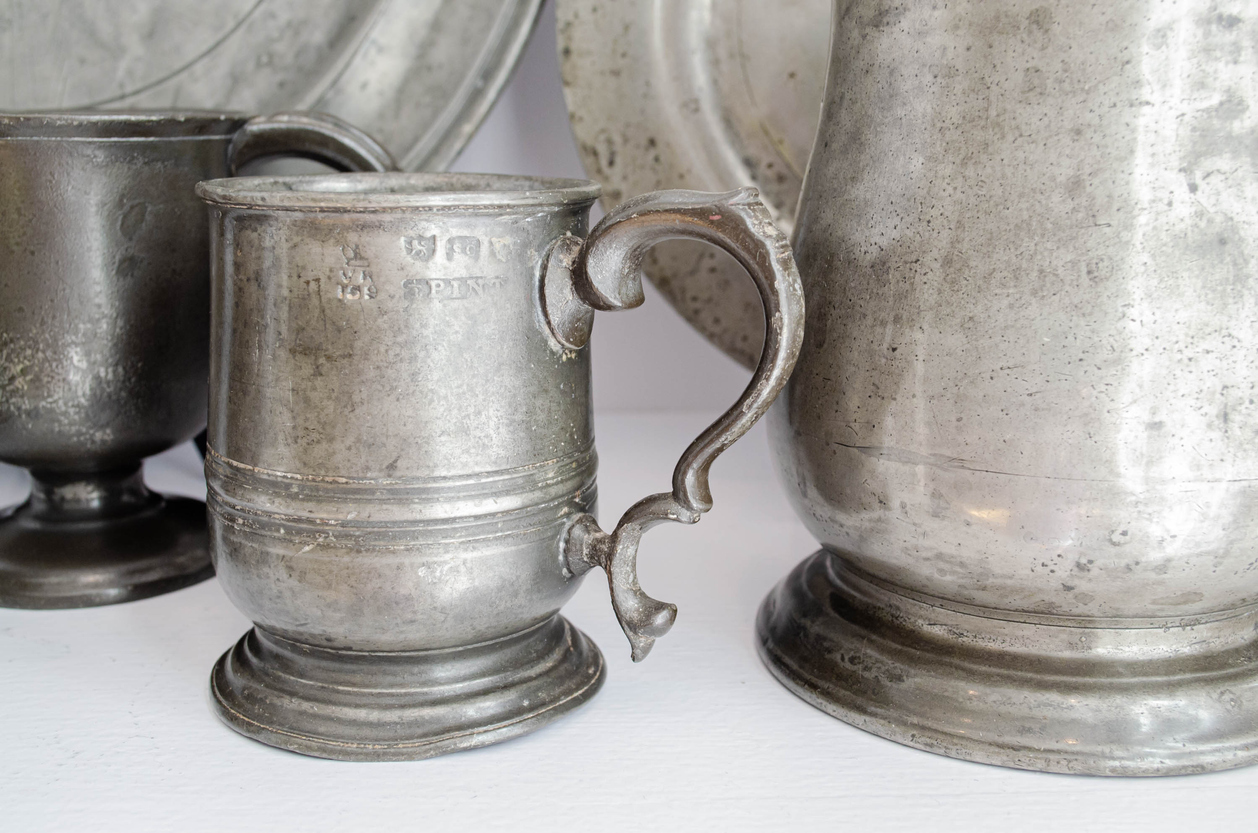
Wondering how to clean pewter? Pewter pieces can simply be cleaned with a solution of dish soap and warm water using a soft sponge. However, Muffetta Krueger, founder of Muffetta Domestic Assistants, stresses the importance of taking steps to keep pewter from tarnishing. After cleaning, she recommends that you “dry it promptly and avoid leaving it in a humid environment to prevent tarnishing.”
Supplies: Dish soap, sponge
8. Aluminum
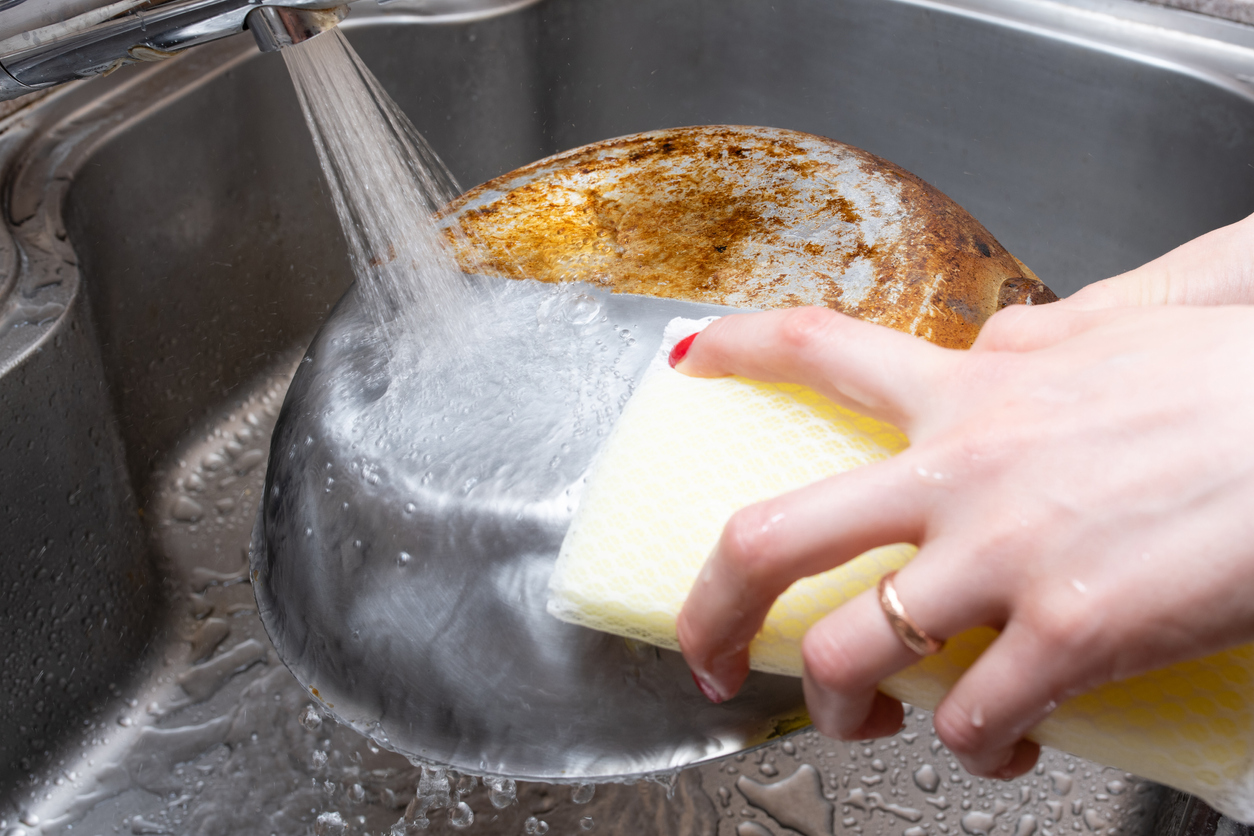
Aluminum is used in a variety of applications and is found in many everyday items like pots and pans. Thankfully, making an aluminum cleaner is simple. According to Schulhof, “All you need to clean aluminum is simple soap and water.” She says, “If you have stubborn stains or grime, sprinkle it with baking soda for extra abrasive power before scrubbing.” Then rinse with water and towel dry.
Supplies: Mild soap, baking soda
9. Chrome
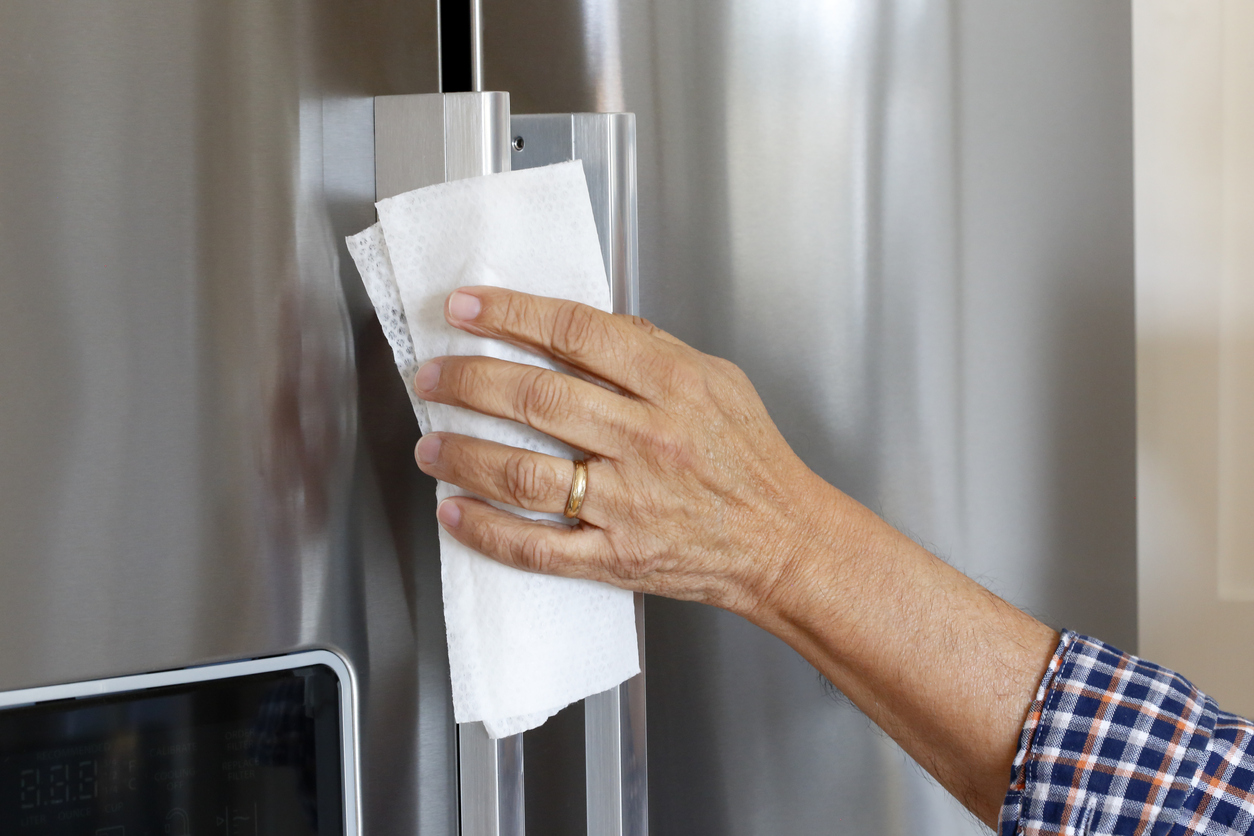
Many surfaces in our homes have chrome finishes, so it’s important to know how to keep this shiny metal particularly spotless. Since chrome is a softer metal, avoid cleaning it with any harsh chemical solutions. Instead, use a mild cleaning agent and water. Geick emphasizes that drying and polishing chrome quickly is key, explaining, “Dry the chrome to prevent water spots and mineral buildup.”
Supplies: Mild soap
Final Thoughts
Understanding how to properly clean each type of metal is essential to keep them gleaming and in top condition. By following these experts’ advice, the metal surfaces in your home are sure to look like new for years to come. Remember to always test cleaning solutions in an inconspicuous area first, and be mindful of the ingredients you use—whether you’re creating a DIY metal cleaner or using a commercial cleaning product. It’s easier to repeat a cleaning process than to reverse any damage incurred from using too harsh of a metal cleaner.

